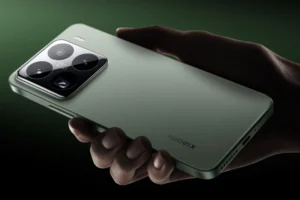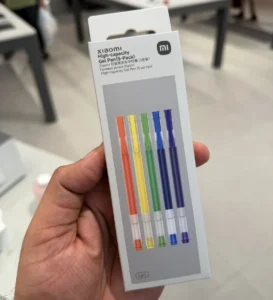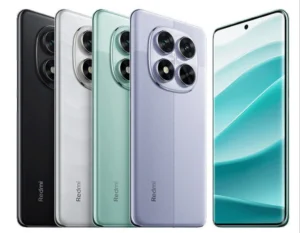Ray-Ban Meta vs Xiaomi AI: Best Smart Glasses 2026?
Ray-Ban Meta vs Xiaomi AI Smart Glasses: Which is Best for Your Life in 2026?
The world of smart wearables is exploding, and by 2026, AI-powered glasses are set to be the must-have gadget. If you’re weighing up the Ray-Ban Meta vs Xiaomi AI Smart Glasses, this detailed comparison will help you decide which fits your daily life best. With advances in multimodal AI, real-time translation, and hands-free recording, these devices are more than just vision correction – they’re personal assistants on your face. So, let’s dive in and see which smart glasses will win in 2026.

The Smart Glasses Boom in 2026: Context and Trends
The global smart glasses market is projected to grow by 35% annually until 2030. By 2026, generative AI integration (voice, vision, and gestures) will be standard. The Ray-Ban Meta vs Xiaomi AI Smart Glasses represent two different approaches. Ray-Ban Meta, a product of the EssilorLuxottica-Meta partnership, combines iconic design with Meta AI. Xiaomi, on the other hand, is disrupting the market with a focus on HyperOS and everyday utility, democratizing features that were once exclusive to high-end models.
The central question when considering Ray-Ban Meta vs Xiaomi AI Smart Glasses is: do you prioritize aesthetics and social media, or epic battery life and a competitive price? Prices in 2026 are roughly $299 USD for the base Ray-Ban model, up to $799 USD for the Ray-Ban Meta Display with a neural band, and from $275 USD for the Xiaomi AI Smart Glasses. Your choice might also depend on your existing ecosystem: Instagram/WhatsApp or Mi Home/HyperOS.
Tech Specs: Head-to-Head
Here’s a comparison table summarizing the most relevant specs for smart glasses in 2026:
| Feature | Ray-Ban Meta Gen 2 | Ray-Ban Meta Display | Xiaomi AI Smart Glasses |
|---|---|---|---|
| Weight | 49-51 g | 50 g | 40 g (without prescription lenses) |
| Camera | 12 MP, 3K video @60fps | 12 MP, 3024×4032 photos, 1440p video @30fps | 12 MP wide-angle, 2K @30fps, 45 min continuous |
| Battery | 4 hours intensive use, 36h with case | 4-6 hours, wireless charging | 8.6 hours, 100% charge in 35 min |
| Audio | Open speakers, 5 mics | Same + live subtitles | Bone conduction, 5 mics with wind cancellation |
| Display | No | 600×600 pixels (5,000 nits) on right lens | No (focus on audio and voice) |
| Processor | Snapdragon AR1 Gen 1 | Snapdragon AR1+ | Snapdragon AR1 |
| Lenses | Polarized, UV transition | Adaptive electrochromic | Electrochromic (4 levels, change in 0.2s) |
| Resistance | IPX4 | IPX4 | IP54 (dust and sweat) |
| Price 2026 (USD) | 299-449 | 799 (with accessories) | 275-410 |
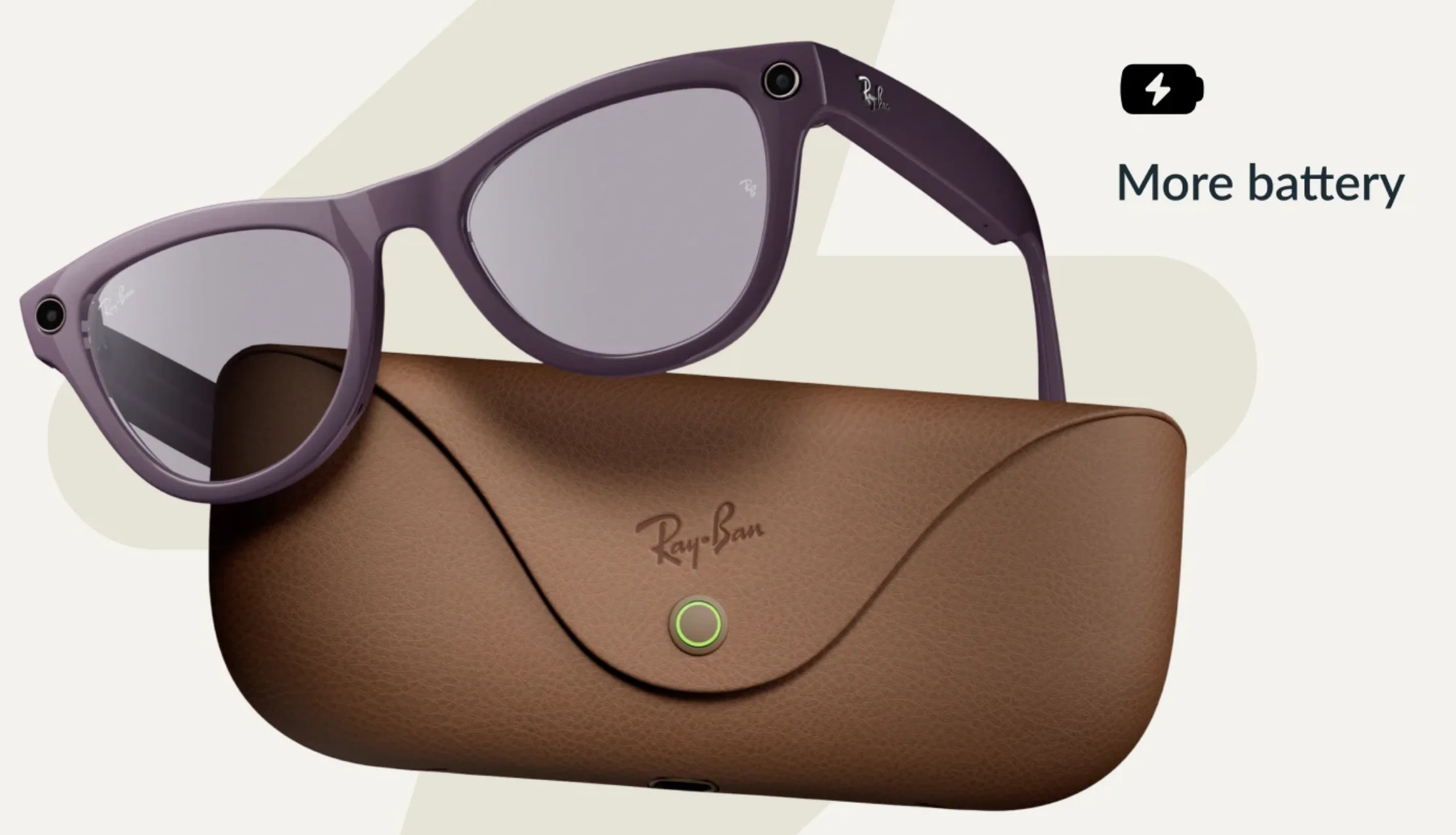
Technology
Ray-Ban Meta excels in video resolution (3K at 60fps), making it ideal for vertical content creation. However, Xiaomi doubles the battery life – crucial for smart glasses intended for prolonged use. Its 40g weight and ergonomic fit (initially optimized for Asian faces, but adaptable) ensure comfort even during 10-hour days. Consider reading the “Buy Xiaomi AI Glasses USA: Availability & Guide 2025” for more information.
Functionality: What Can They Do For You?
Ray-Ban Meta: The King of Social Content
Designed for creators, the Ray-Ban Meta Smart Glasses integrate Meta AI with commands like “Hey Meta, record a Reel.” They capture hyperlapse, slow-motion, and stream live to Instagram with screen sharing. The Display version projects visual responses (translations, recipes) directly onto the lens. Expect features like Live AI contextual awareness and collaboration with Oakley for sports models in 2026.
- Advantages: Wayfarer/Headliner style, real-time translation (Spanish, English, French), native WhatsApp integration. Perfect as smart glasses with camera for social media.
- Limitations: 4-hour battery life necessitates frequent charging, no integrated payments or dynamic lenses in the base model.
Xiaomi AI Smart Glasses: Productivity and Battery Life
With XiaoAI (updated for Spanish via OTA in 2026), the Xiaomi AI Smart Glasses scan QR codes for Alipay/WeChat Pay, recognize objects, and translate text in real-time. The 2K camera records continuously for 45 minutes – ideal for classes, meetings, or cycling. Integration with HyperOS allows you to control lights, thermostats, or your Xiaomi 15 without touching your phone. Bone conduction audio maintains environmental awareness.

Todo sobre el Ray-Ban Meta vs Xiaomi
- Advantages: 8.6-hour battery life, electrochromic lenses that darken in 0.2s, IP54 rating. For smart glasses with translation in real time, Xiaomi excels in practical scenarios: travel, hybrid work, sports.
- Limitations: Stronger ecosystem in China (global improvements in 2026), no projected display.
Pros and Cons Summarized
Ray-Ban Meta Pros:
- Premium design and brand recognition.
- Excellent for social media and live streaming.
- Frequent updates via Meta.
Ray-Ban Meta Cons:
- Limited battery life.
- High price for basic features.
- Dependence on the Meta ecosystem.
Xiaomi AI Pros:
- Category-leading battery.
- Unique features (QR payments, dynamic lenses).
- Unbeatable value for money.
Xiaomi AI Cons:
- Expanding global availability.
- AI initially optimized for Mandarin (improving).
- No visual display.
When comparing Xiaomi vs Ray-Ban, battery life and versatility tip the scales towards Xiaomi for most users.
Recommendations by User Profile in 2026
- Content Creators / Influencers: Ray-Ban Meta Display ($799 USD). Capture 3K, edit with Meta AI, and publish directly to Reels.
- Professionals / Travelers: Xiaomi AI Smart Glasses (from $275 USD). Translate menus, record meetings, and last all day.
- Athletes / Runners: Xiaomi with IP54 and electrochromic lenses – no interruptions from sunlight.
- Android/Xiaomi Ecosystem Users: Xiaomi integrates with HyperOS, SU7, Mi Band – complete hands-free control. Consider reading “Xiaomi Auto: 1.2M EVs by 2026, Challenging Tesla“
- Premium Fashion Fans: Ray-Ban Meta Gen 2 – iconic style without sacrificing functionality.
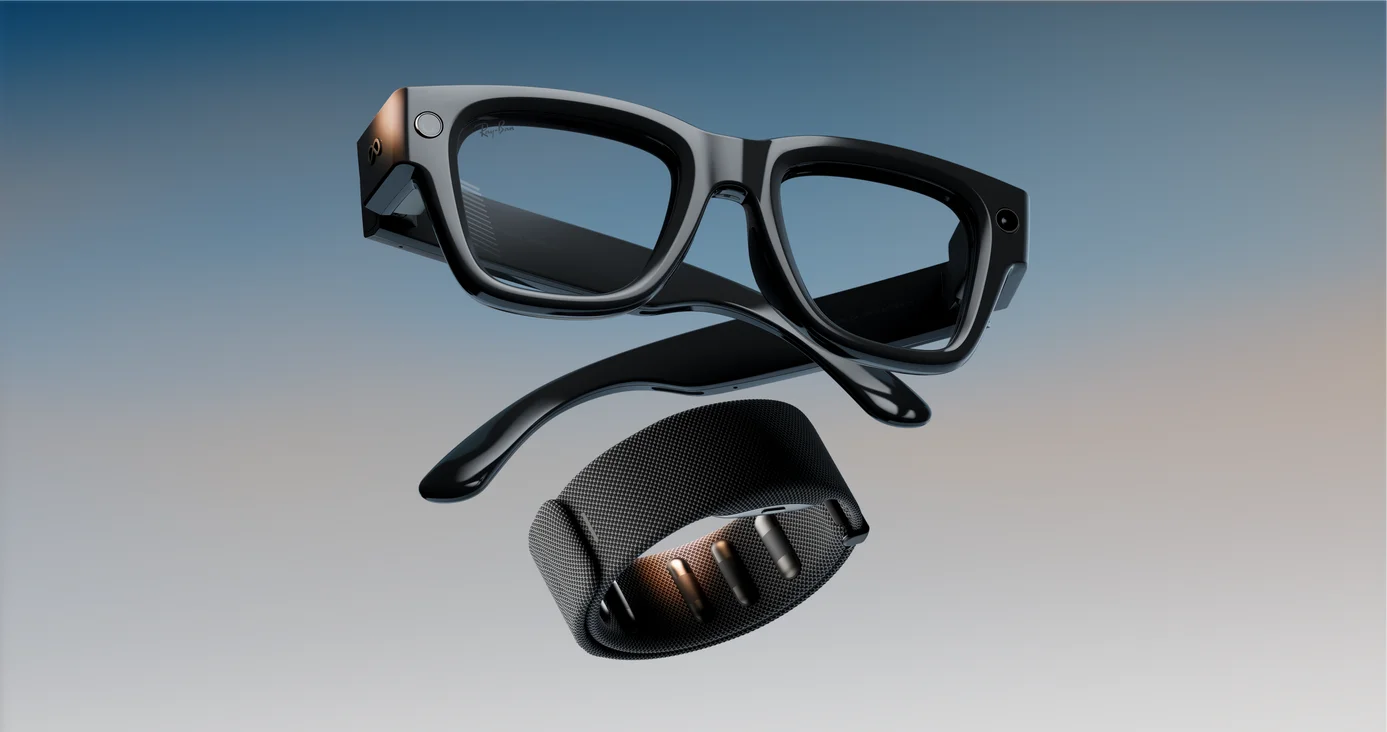
Ray-Ban Meta
In the Ray-Ban Meta vs Xiaomi debate for daily use, Xiaomi positions itself as the more practical and economical option for 2026.
Future Trends: What’s Coming in 2026 and Beyond?
Both brands will receive OTA updates:
- Ray-Ban Meta: Light AR (turn-by-turn navigation on Display), integration with Meta Horizon.
- Xiaomi: Global payments (Google Pay/Apple Pay), basic AR via HyperOS 3.0, full multilingual support.
Xiaomi plans versions with micro-LED displays in 2027, but in 2026, its focus on battery and price will keep it competitive. You might want to keep an eye on Android 16 developments as well.
Conclusion: Xiaomi, the Smarter Choice for 2026
In the Ray-Ban Meta vs Xiaomi AI Smart Glasses comparison, Ray-Ban offers glamour and social excellence, but Xiaomi wins with outstanding battery life, practical features, and a price that democratizes wearable AI. For most – from students to professionals – the Xiaomi AI Smart Glasses are the smarter investment in 2026: they last longer, cost less, and adapt to real life. If you’re excited by new gadgets, check out the Gadget Review category on our website!
Ready for the future? Check global availability at mi.com or meta.com, depending on your preference. Share in the comments which you’d choose and why!
Disclaimer:
This article is informative and does not represent any commercial affiliation with Xiaomi, Ray-Ban, Meta, or any of their associated companies. Data is based on publicly available information as of November 10, 2025. We recommend you conduct your own research before making any purchase. Prices in USD are approximate. Sources: GSMArena, The Verge, Android Authority (2025).




